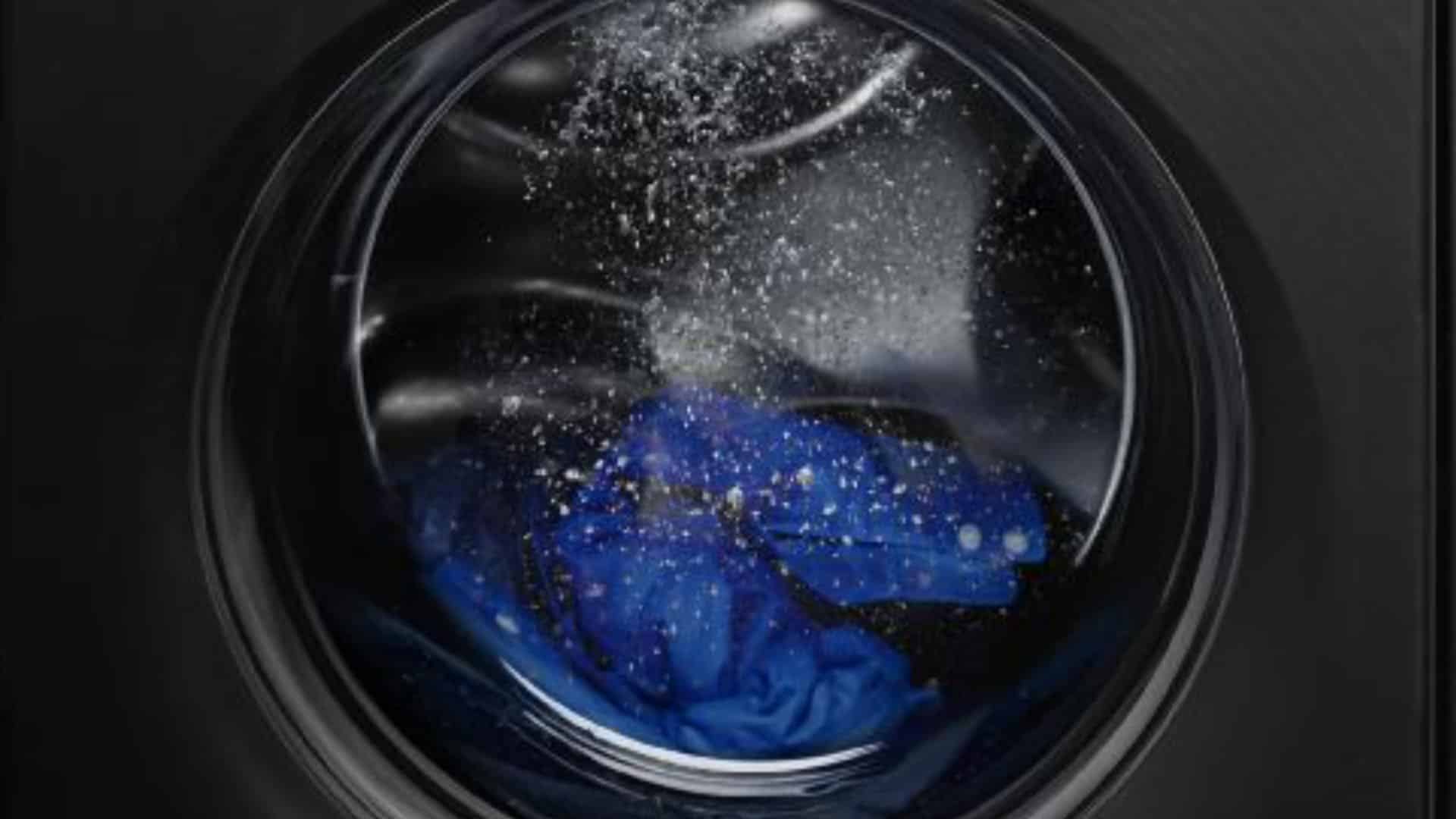
Are you having trouble getting your Maytag microwave to heat? Then this guide is for you. The good news is that it could be a quite simple problem and therefore easy to fix.
Here are the most common reasons why your Maytag microwave doesn’t heat and how you can fix them.
This guide covers a range of different Maytag microwave models, including:
BHH3505M-A/P55891-27C
BHH3510M-A/P55891-28C
BHH3515M-A/P55891-29C
BHH3520M-A/P55891-30C
CME8010AAB
CME8010AAE
MMV1153WB0
MMV1153WB1
MMV1153WS0
MMV1153WS1
MMV1153WW0
MMV1153WW1
MMV1164WB0
MMV1164WB1
MMV1164WB2
MMV1164WS0
MMV1164WS1
MMV1164WS2
MMV1164WW0
MMV1164WW1
MMV1164WW2
Check the Diode
The purpose of the diode in the microwave is to convert AC power output from the transformer to DC so that the voltage doubles to 5,000 volts – this allows the magnetron to heat the food in the microwave. When the diode burns out, it stops the magnetron from getting enough voltage, and thus the microwave won’t heat. To check the diode start by:
- Turning the microwave off at the wall.
- Locate the diode by removing the microwave casing or the back panel. You will find it in the lower back part of the microwave.
- If the diode has burned out, it will be visibly obvious. If it isn’t obvious that it is faulty, you can test it by using a multimeter – checking for continuity.
- If it is burned out, you’ll need to replace it.
Check the Door Switches
Most microwaves have between three and four door switches that are there to ensure that when you close the microwave door it has been closed properly. When one switch fails, they all fail, and your microwave will not heat.
To check if they need to be replaced, you will need to use a multimeter to test each switch for continuity.
WARNING: Microwaves store thousands of volts of electricity in their capacitors even after you have unplugged them. Therefore, only licensed technicians should attempt to test and replace door switches, as there is a very high risk of electric shocks occurring if the right precautions are not taken.
Check the Magnetron
The purpose of the magnetron is to generate the microwave frequency that makes the microwave heat food. To do this it uses high voltage, high current DC power. When the magnetron burns out, it stops the microwave from heating, so it needs to be replaced.
WARNING: Microwaves store thousands of volts of electricity in their capacitors even after you have unplugged them. There is a high risk of extremely dangerous electric shocks occurring. Therefore, only licensed technicians should attempt to test and replace electrical components, such as the magnetron.
Inspect the High Voltage Capacitor
Another common cause of a microwave failing to heat is a faulty high voltage capacitor. This electrical component works with the diode to convert the output of the transformer to DC voltage so that it doubles the voltage output.
It’s not uncommon for the capacitor to burn out and cause the microwave to stop working. The way to work out if it is burned out and needs to be replaced is to use a VOM meter that has a capacitance testing capability. If this test proves it is faulty, it will need to be replaced.
WARNING: Microwaves store thousands of volts of electricity in their capacitors even after you have unplugged them. There is a high risk of extremely dangerous electric shocks occurring. Therefore, only licensed technicians should attempt to test and replace electrical components.
Check the High Voltage Transformer
When your Maytag microwave stops heating, it could be due to a faulty high voltage transformer. In order to power, the magnetron antenna microwave ovens need to produce very high voltages – this creates the energy required for the microwave to heat. The easiest way to know if the high voltage transformer is faulty is that it will emit a burning smell. To replace the high voltage transformer, it will need to be removed and then a new one fitted back in its place.
WARNING: Microwaves store thousands of volts of electricity in their capacitors even after you have unplugged them. It is extremely dangerous to fix microwave electrical components, such as the high voltage transformer, as you risk getting electric shocks. We recommend that only licensed technicians should attempt to test and replace microwave electrical components.
Check the Thermal Fuse
The purpose of the thermal fuse is to cut power to the microwave when it overheats. To test your thermal fuse, you need to use a multimeter to test it for continuity. If it fails the test, you’ll need to replace it as a blown thermal fuse can’t be reset.
WARNING: Microwaves store thousands of volts of electricity in their capacitors even after you have unplugged them. There is a high risk of extremely dangerous electric shocks occurring. Therefore, only licensed technicians should attempt to test and replace electrical components.
Check the Thermoprotector
The thermoprotector also acts to cut off power when the microwave overheats. When it trips it will cause the microwave to not heat or start at all. You can determine if it needs to be replaced by testing it with a multimeter thermoprotector – if it has continuity then it is fine, but if it doesn’t it will need to be replaced.
WARNING: Microwaves store thousands of volts of electricity in their capacitors even after you have unplugged them. There is a high risk of extremely dangerous electric shocks occurring. Therefore, only licensed technicians should attempt to test and replace electrical components.
Main Control Board
If you still haven’t found the cause of why your microwave isn’t heating, the last component you should check is the main control board. It is quite rare for the main control board to be the culprit, but it can happen. Once you have checked all of the above-recommended fixes, you should then replace the main control board and see if that fixes the problem.
WARNING: Microwaves are extremely hazardous to fix if you don’t have the proper training. This is because they store thousands of volts of electricity in their capacitors even after you have unplugged them, and there is a high risk of electric shocks occurring. Therefore, only licensed technicians should attempt to test and replace electrical components.
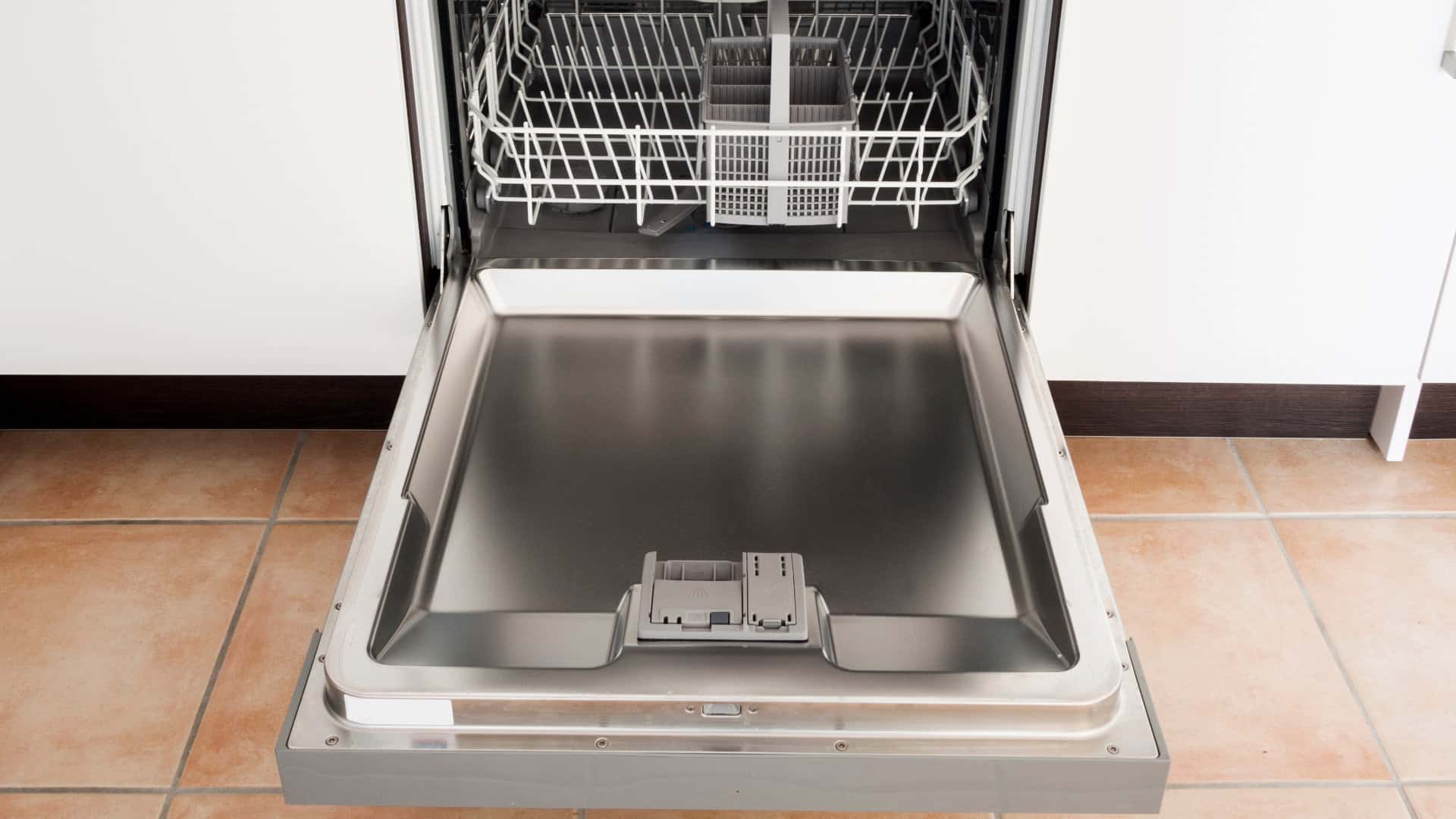
How to Resolve the Bosch Dishwasher E15 Error Code
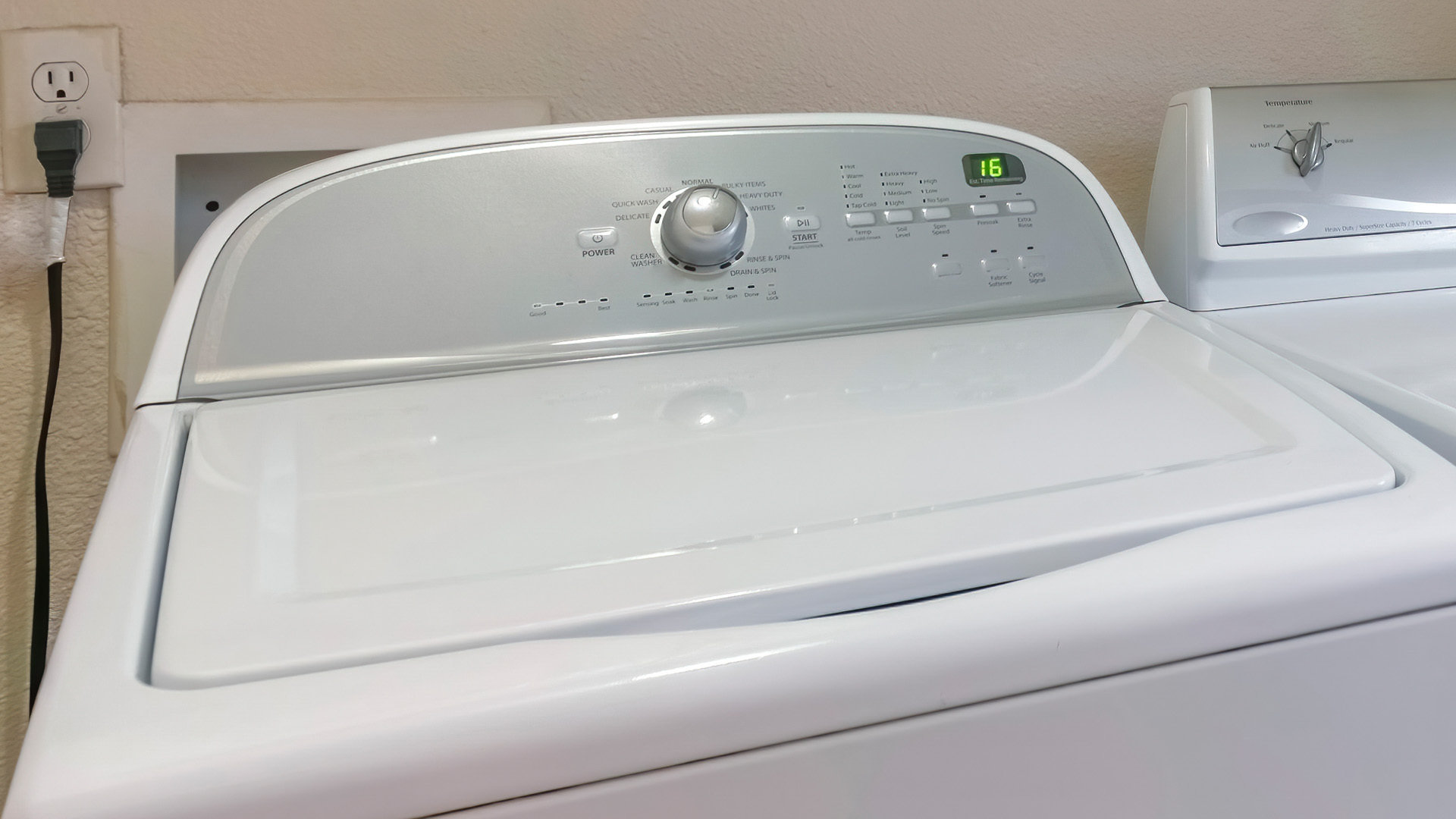
How to Balance a Washing Machine (5 Quick Tips)
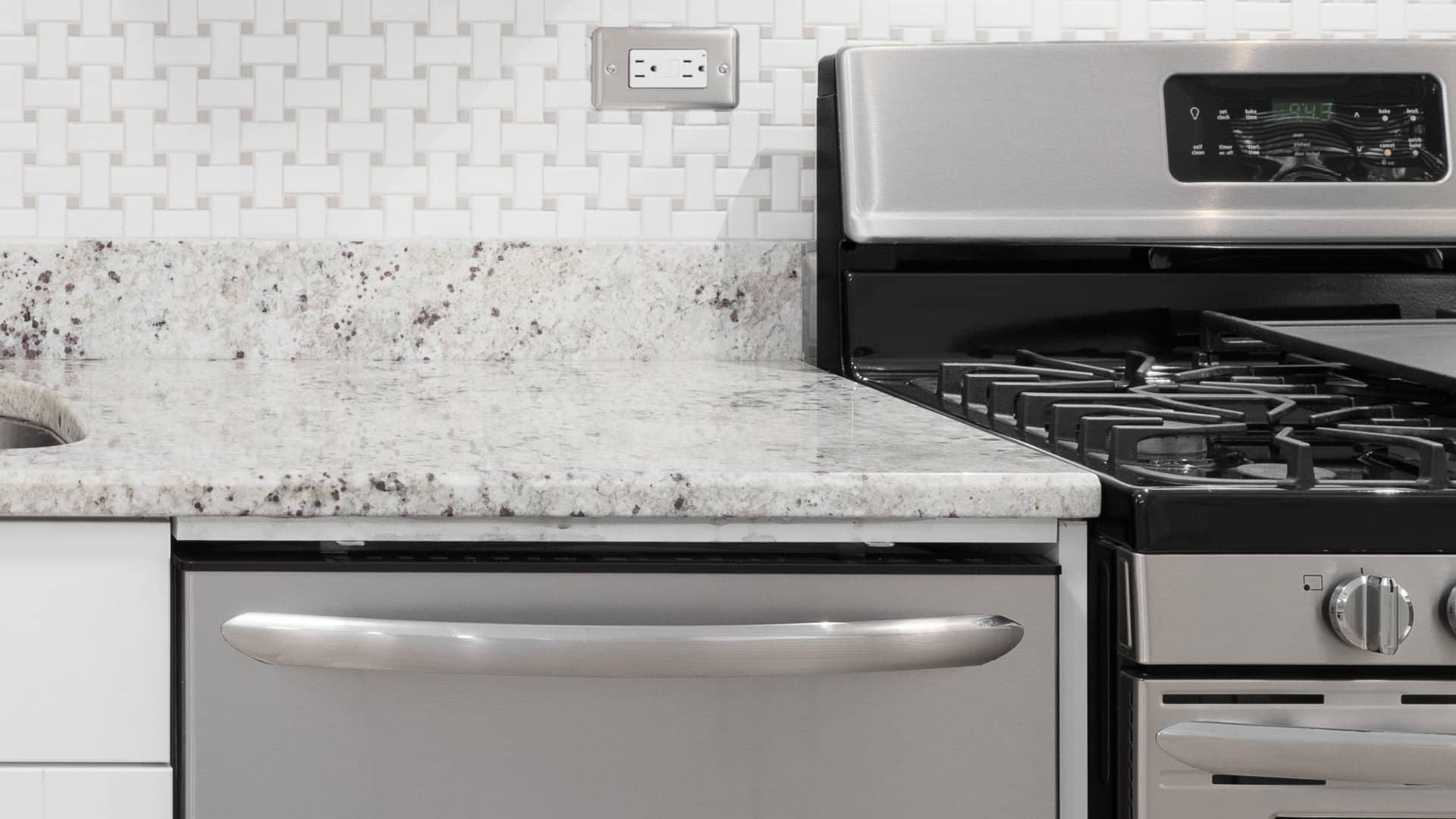
Solutions for a Frigidaire Gas Stove Oven Failure

How to Fix a GE Ice Maker Not Working (Quick Fixes)
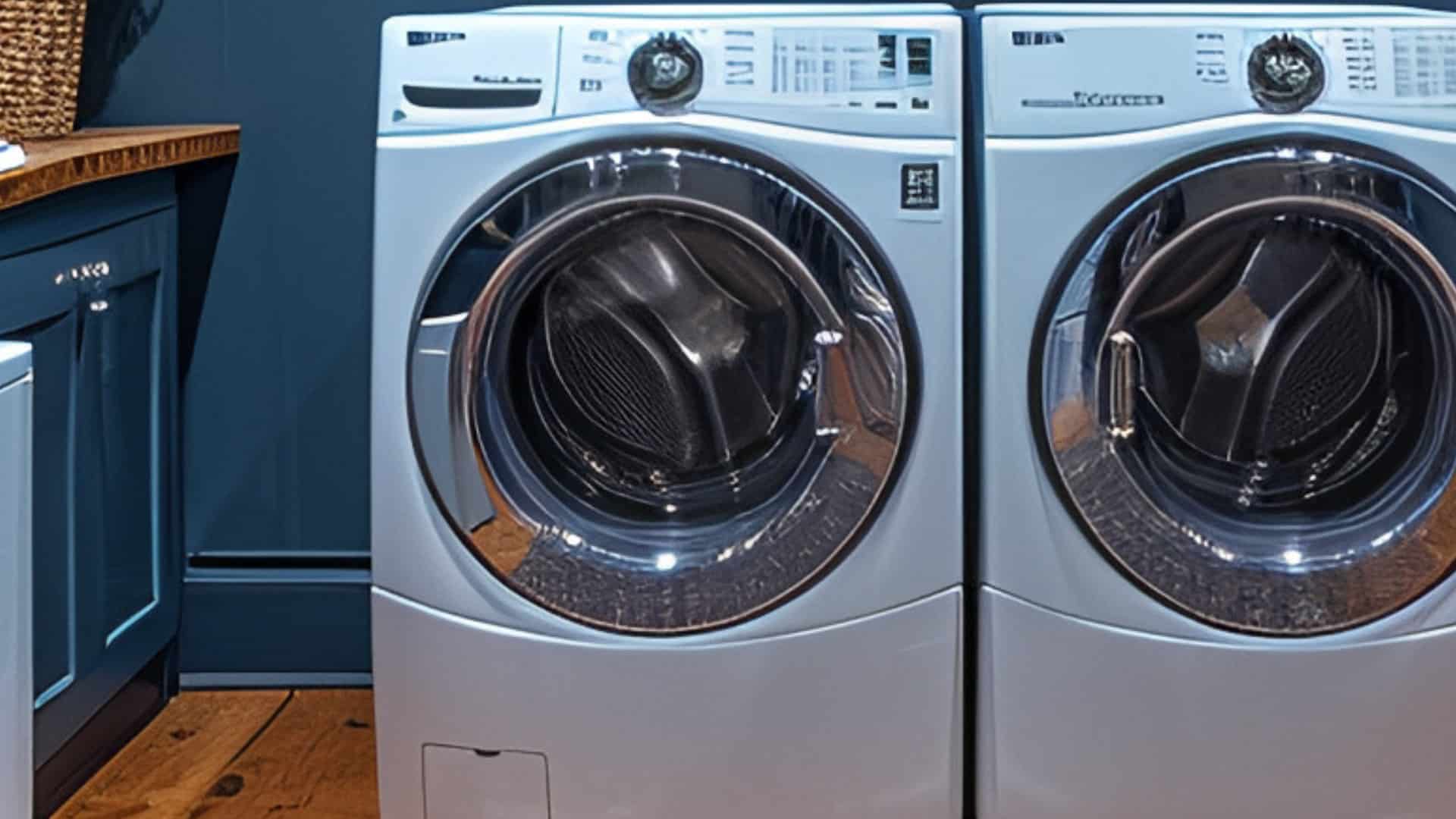
How to Fix the Electrolux Dryer Error Code E64
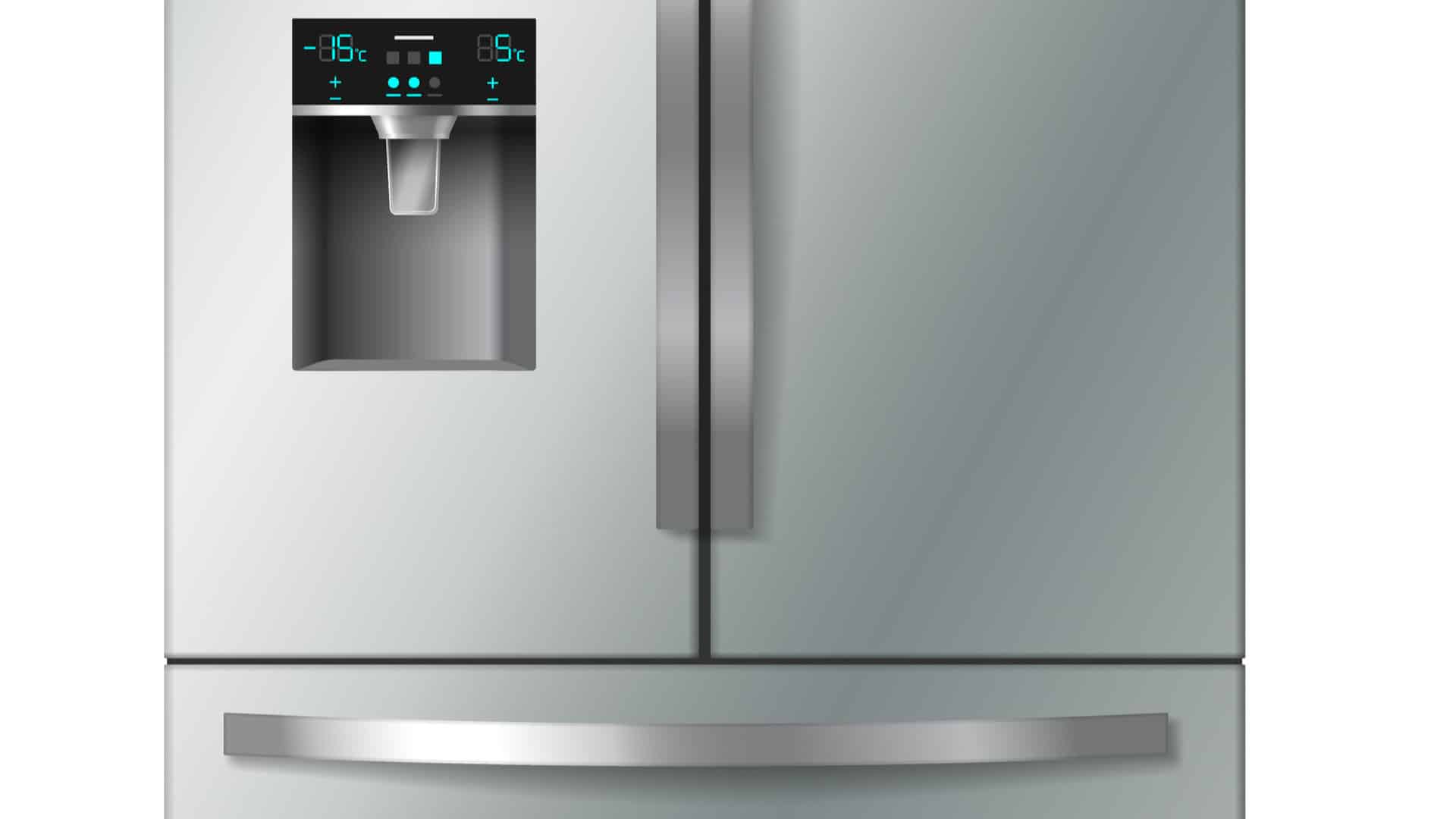
Is Your Whirlpool Ice Maker Not Working? Here’s Why

Can Styrofoam Be Microwaved? (Safety and Risks)
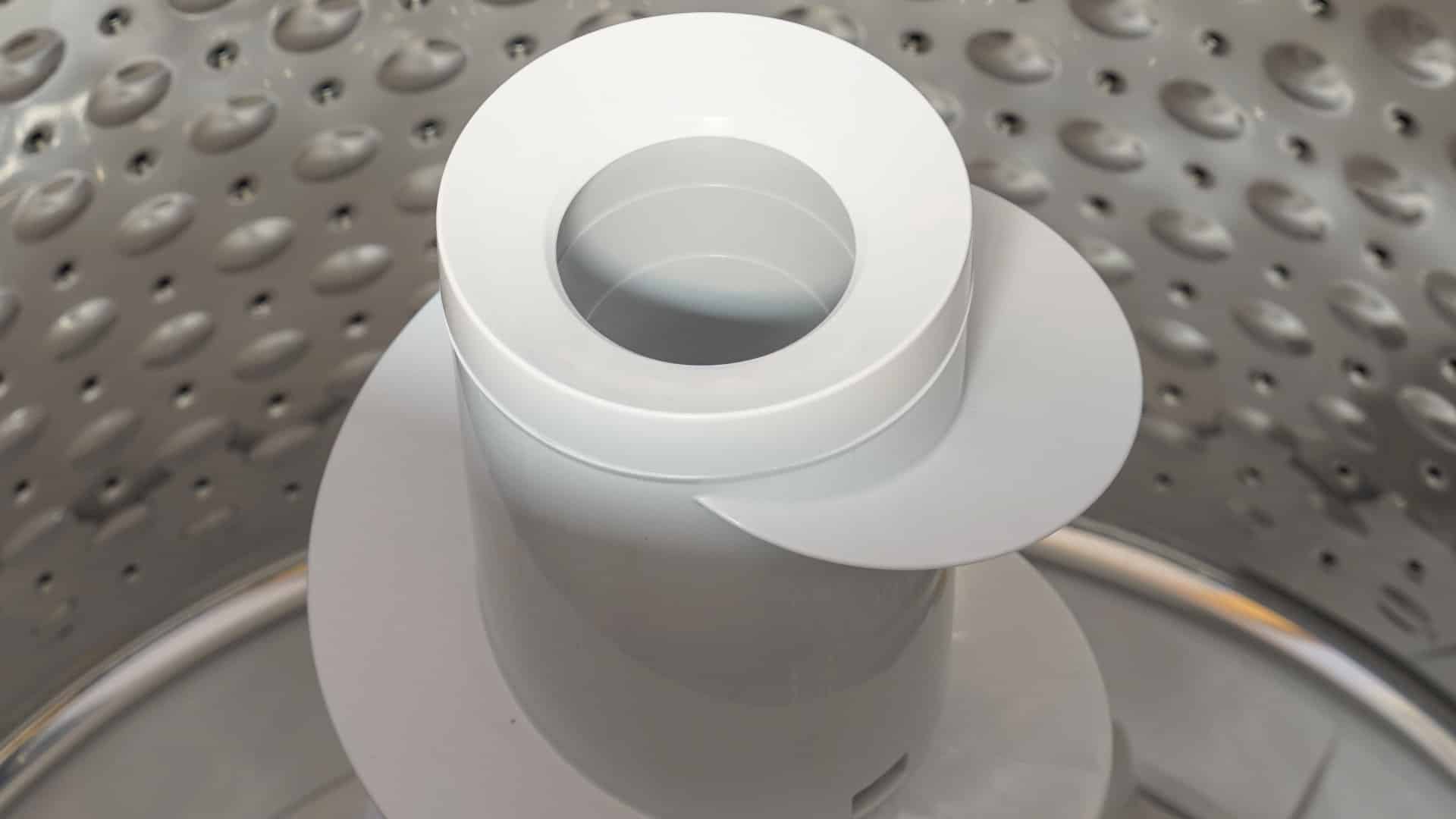
Agitator vs. No Agitator Washer: What’s Best?
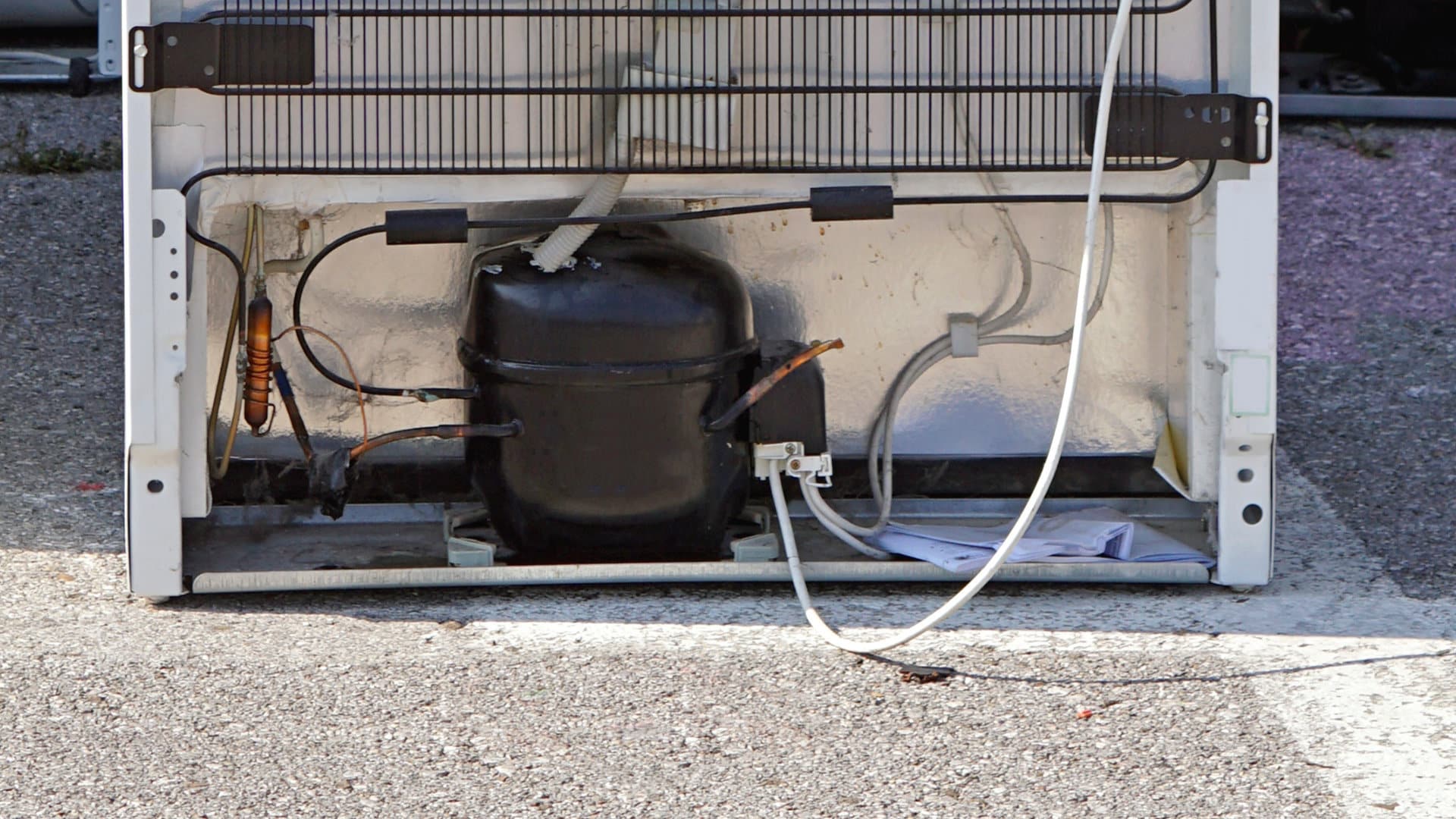
Why Is Your Refrigerator Compressor Hot? (6 Potential Causes)
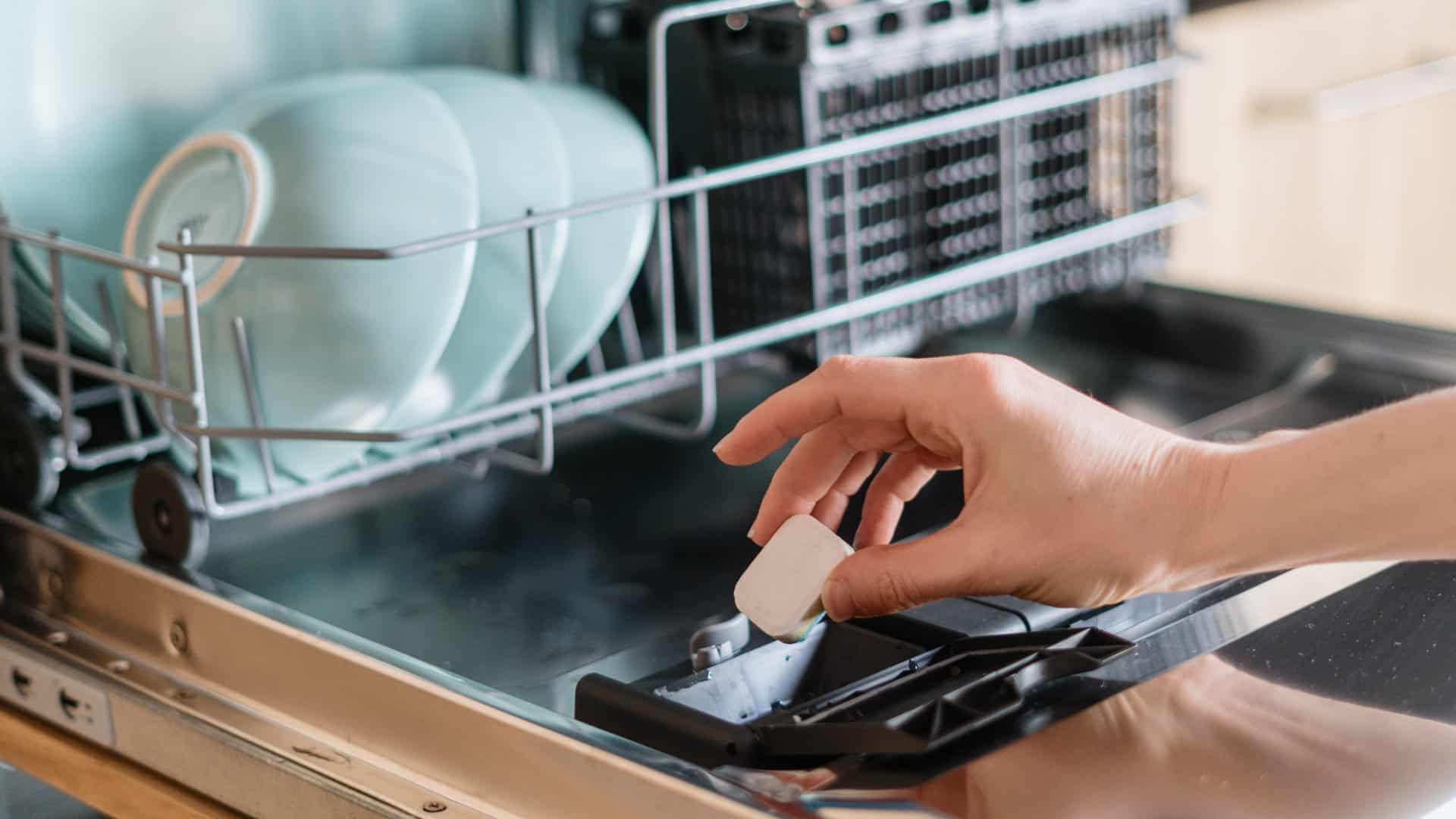
How to Use Dishwasher Pods
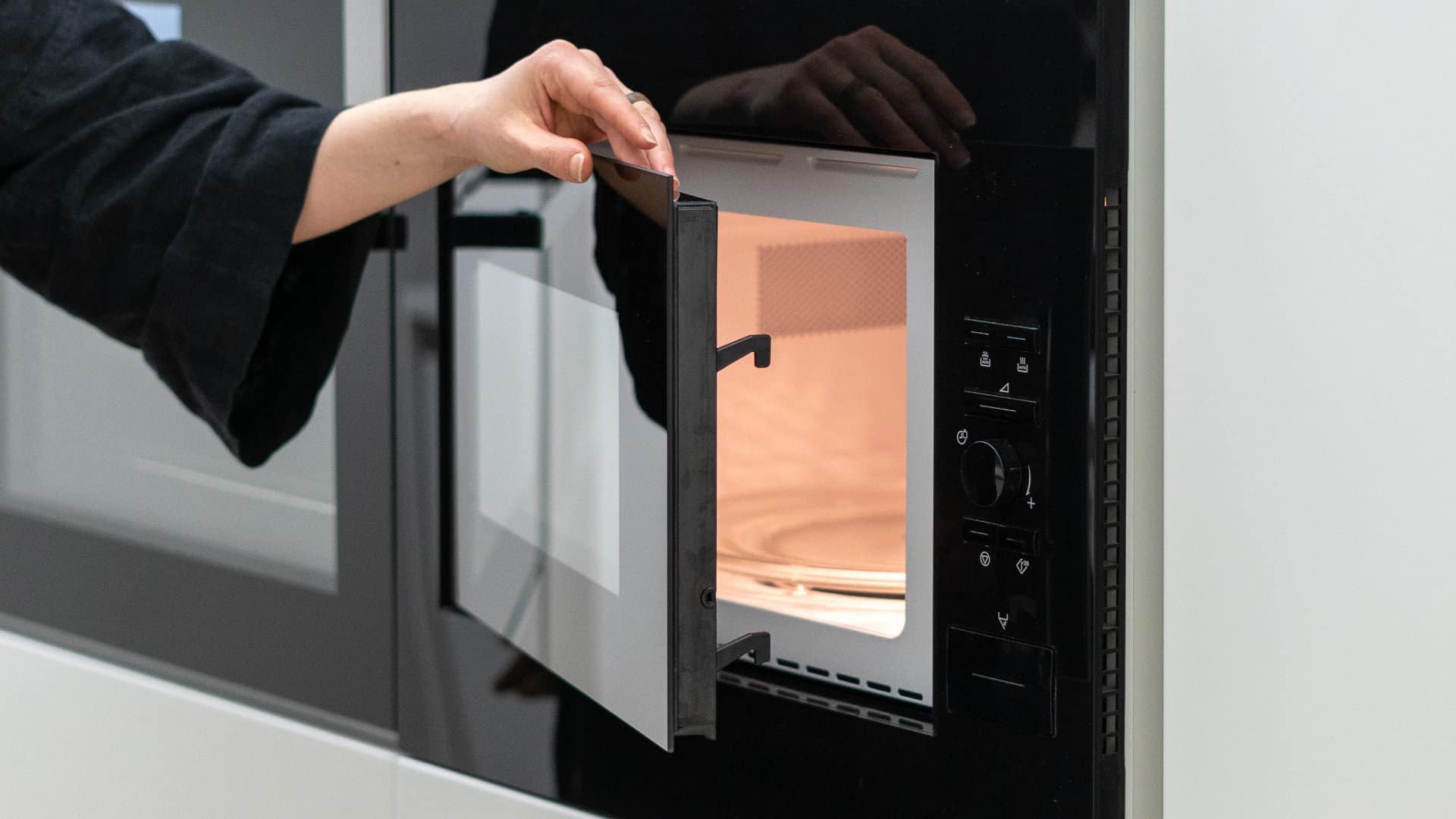
How to Unlock Your Microwave

How Many Watts Does a Refrigerator Use?
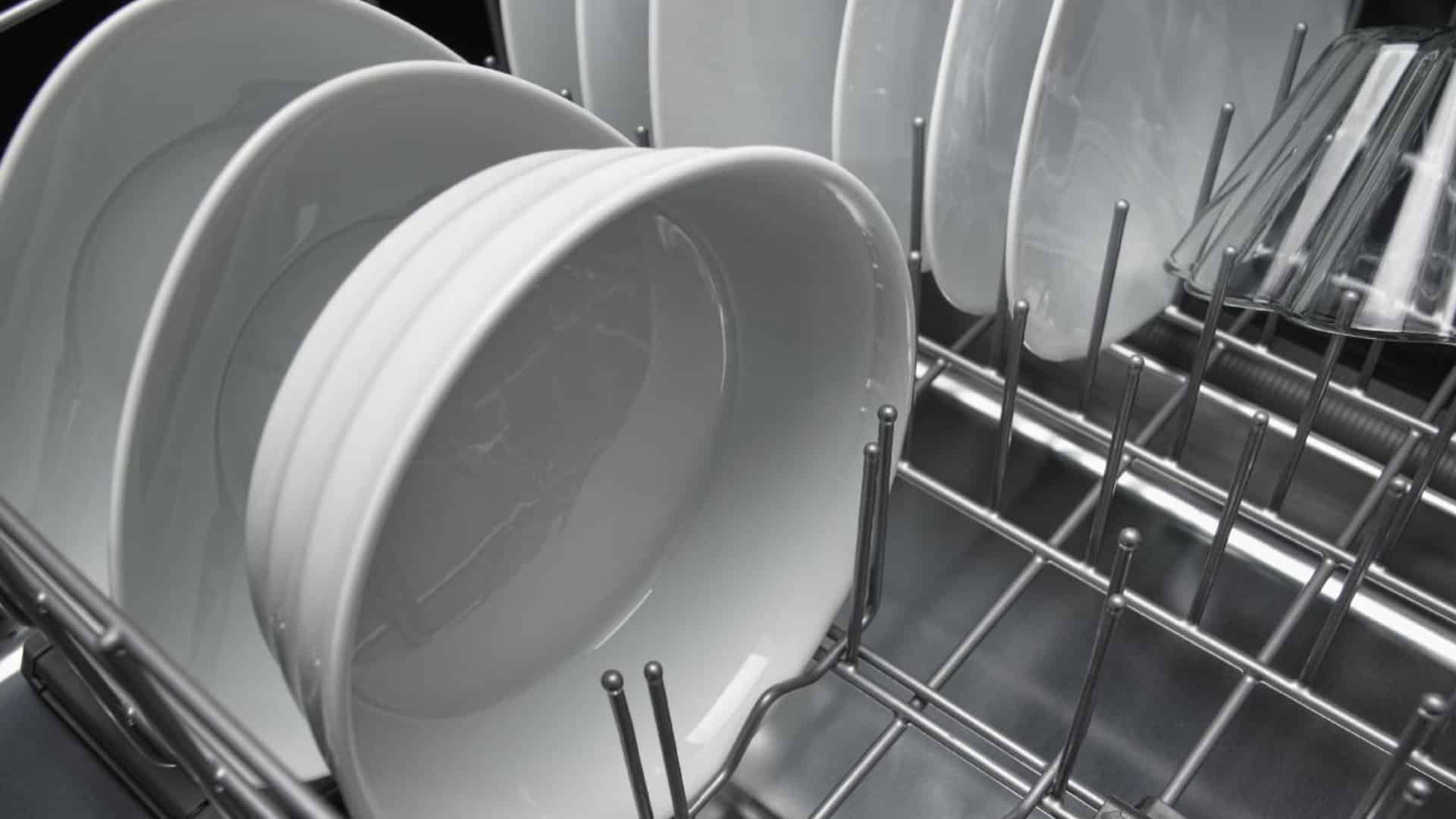
How To Fix a KitchenAid Dishwasher That Isn’t Draining

GE Oven F2 Error Code: Causes & Solutions
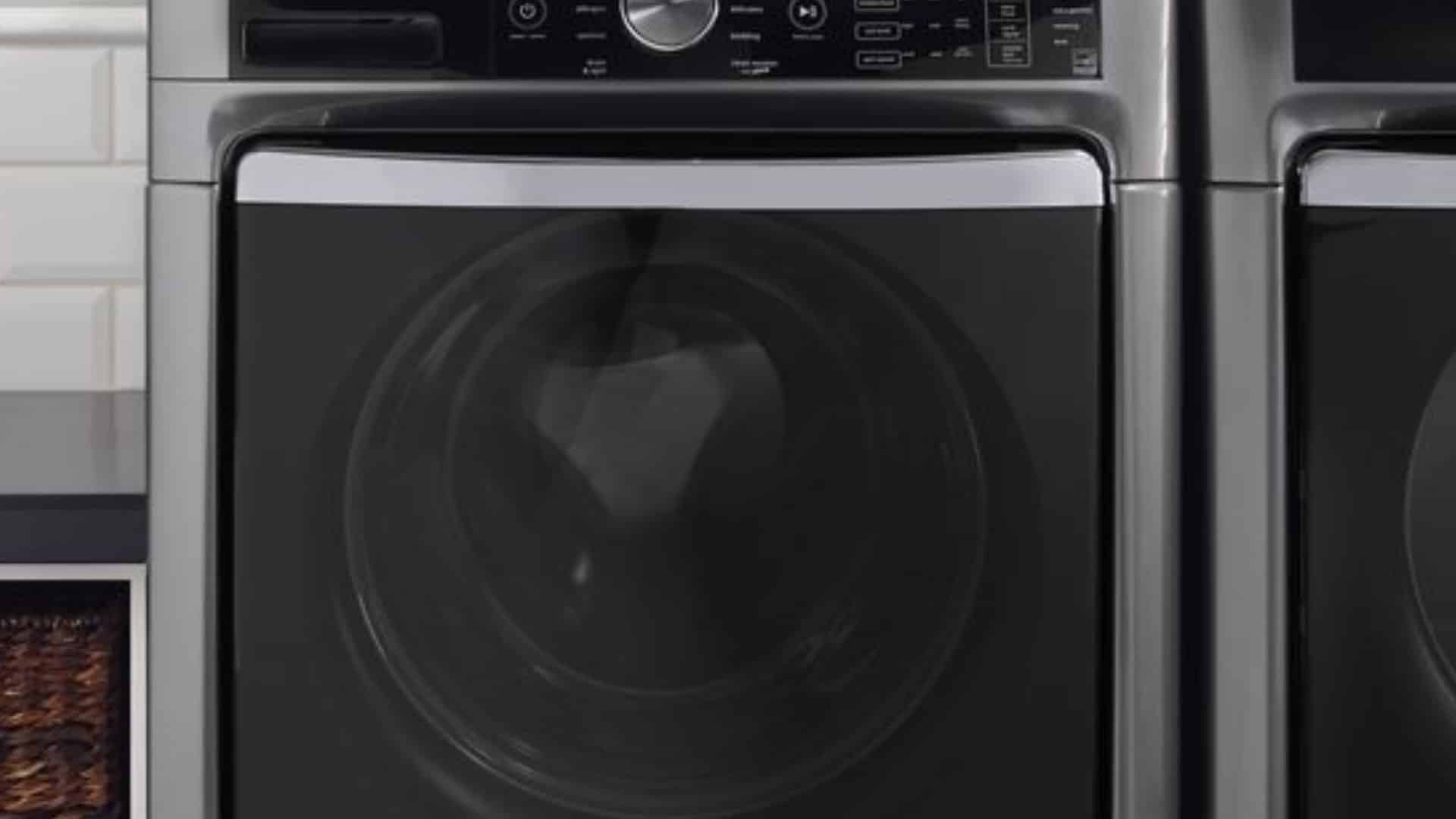
Maytag Washer Not Spinning? 5 Simple Solutions

Why Is Your Refrigerator Not Cooling?
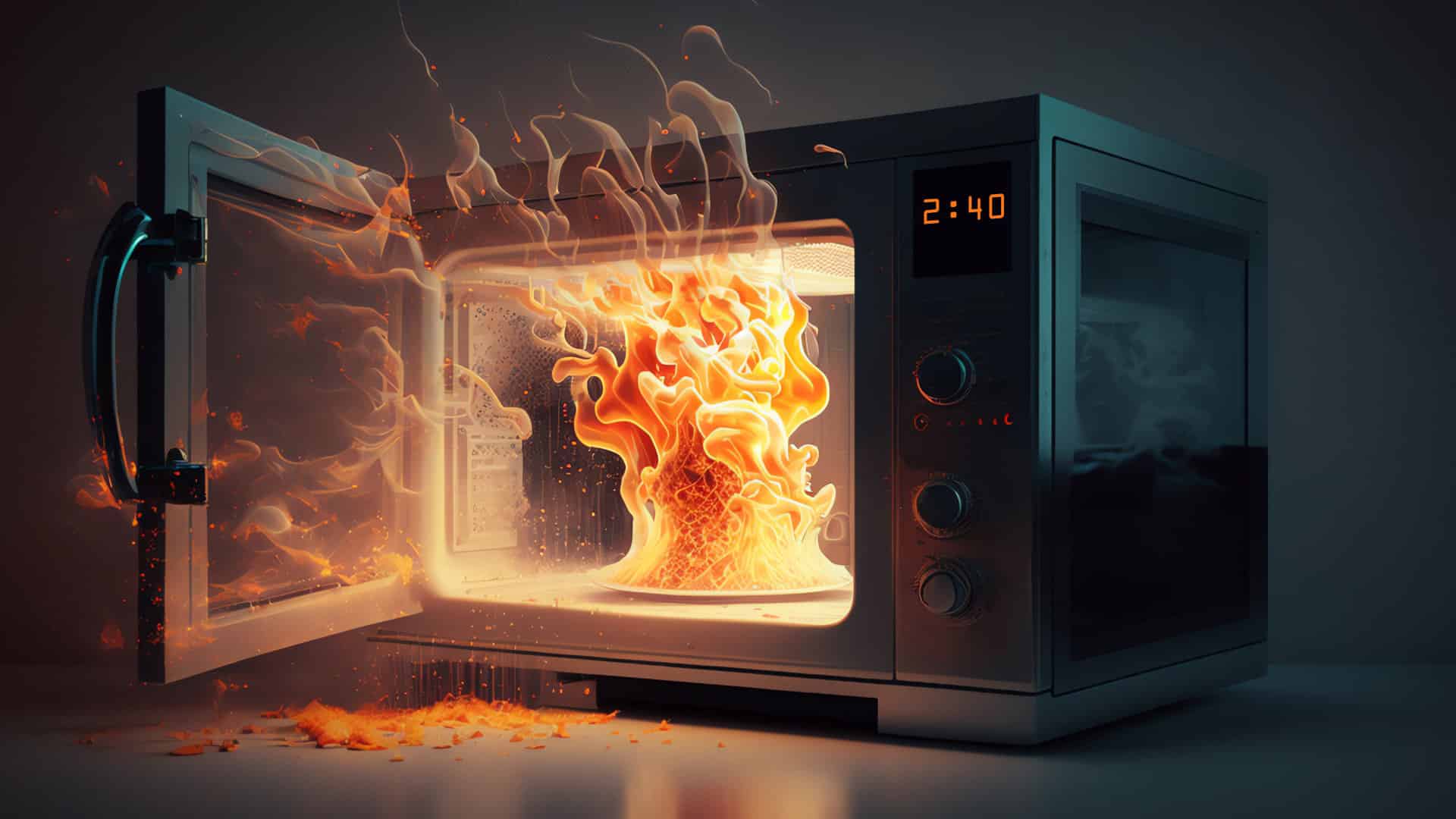
How to Get Rid of Burnt Smell in Microwave
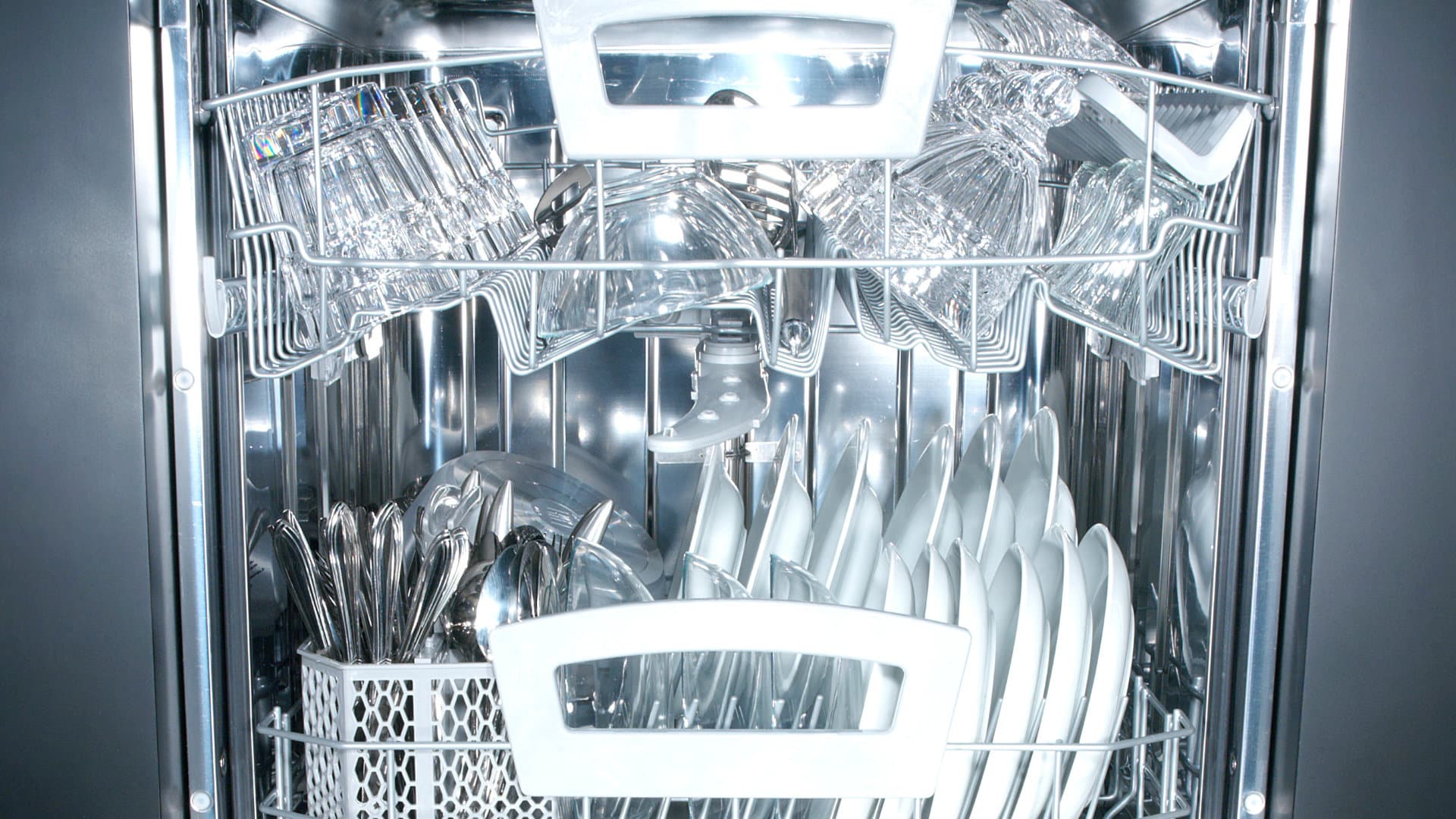
How to Fix a Dishwasher Not Cleaning Properly
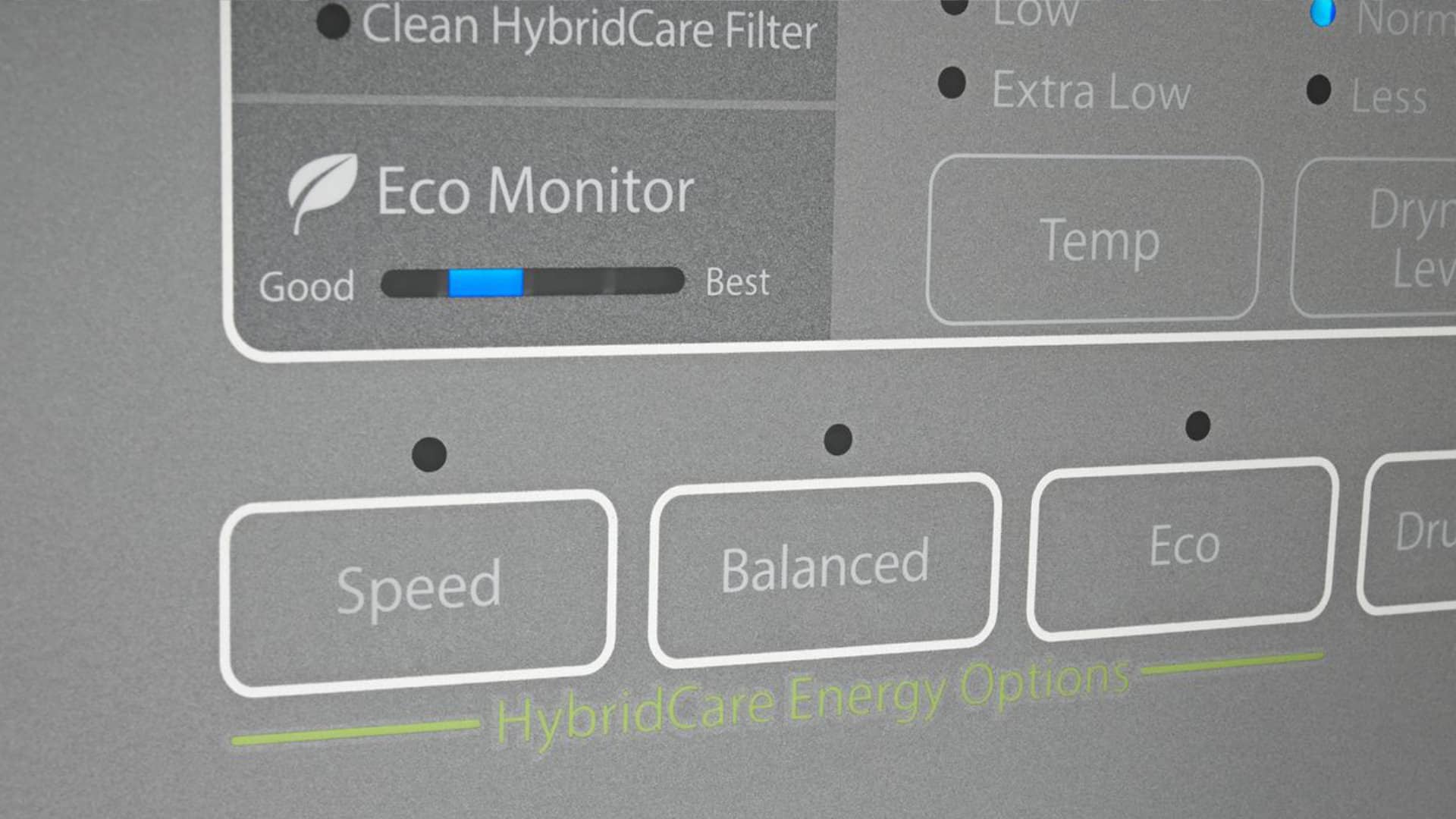
How Much Energy Does My Dryer Use?
